Description
Lemon Chrysoprase / Citron Magnesite
Lemon Chrysoprase / Citron Magnesite
Lemon Chrysoprase / Citron Magnesite
Lemon Chrysoprase / Citron Magnesite
Lemon Chrysoprase / Citron Magnesite
Lemon Chrysoprase / Citron Magnesite

Lemon Chrysoprase / Citron Magnesite
About Lemon Chrysoprase / Citron Magnesite
Lemon Chrysoprase from Australia is a captivating gemstone that showcases the unique beauty of the land down under. While commonly referred to as Lemon Chrysoprase, it is important to note that it is not a true chrysoprase but rather a variety of magnesite that shares similar colors and patterns.
Lemon Chrysoprase from Australia exhibits a delightful range of lemony yellow to soft green hues, reminiscent of the sun-kissed landscapes and pristine coastal regions of the country. Its colors reflect the vibrant energy of the Australian wilderness, evoking feelings of warmth, freshness, and vitality. The stone's stunning coloration is attributed to the presence of iron and other minerals within the magnesite.
About (continued)
This gemstone from Australia is highly regarded for its metaphysical properties. Lemon Chrysoprase is believed to possess uplifting and rejuvenating energies, promoting a sense of joy, positivity, and personal empowerment. It is often associated with the solar plexus chakra, the energy center related to self-confidence, manifestation, and creativity. The stone is thought to inspire optimism and encourage a zest for life.
Lemon Chrysoprase from Australia is treasured not only for its energetic qualities but also for its aesthetic appeal. It is often crafted into exquisite jewelry pieces, such as rings, earrings, necklaces, and bracelets. The gem’s soft, soothing hues and polished luster make it an enchanting addition to both casual and formal jewelry designs, adding a touch of elegance and radiance.
Australian Lemon Chrysoprase is sourced from various regions across the country, including Western Australia, Queensland, and New South Wales. The country’s diverse geological formations and mineral-rich landscapes contribute to the unique quality and availability of this gemstone.
Whether worn as a personal adornment or used for spiritual and healing purposes, Australian Lemon Chrysoprase brings the vibrant essence of the Australian landscape into one’s life. Its lemon-inspired hues and uplifting properties serve as a beautiful reminder of the sunlit beauty and positive energy found in Australia’s natural wonders.
Where is Lemon Chrysoprase found?
Lemon Chrysoprase Magnesite is primarily found in various locations around the world, including Australia, Russia, China, and the United States. Australia is particularly renowned for its Lemon Chrysoprase deposits. The gemstone is sourced from regions such as Western Australia, Queensland, and New South Wales.
In Australia, Lemon Chrysoprase Magnesite is known for its exceptional quality and vibrant colors, reflecting the country’s diverse geological formations. The mineral-rich landscapes and unique geological processes contribute to the formation of this beautiful gemstone. Western Australia, in particular, is recognized for producing high-quality Lemon Chrysoprase Magnesite, known for its distinct lemony yellow to soft green hues.
Apart from Australia, Lemon Chrysoprase Magnesite can also be found in other parts of the world. Russia, China, and the United States, including states like Arizona and Nevada, are known to have deposits of Lemon Chrysoprase Magnesite. These regions offer their own variations of the gemstone, each with its unique color palette and characteristics.
The availability and specific locations of Lemon Chrysoprase Magnesite may vary over time as mining activities, geological discoveries, and sourcing practices evolve. It is always best to consult with gemstone suppliers or experts to obtain up-to-date information on the current sources and origins of Lemon Chrysoprase Magnesite.
History
The history of Lemon Chrysoprase is closely tied to the broader history of chrysoprase, as Lemon Chrysoprase is a specific variety of chrysoprase that exhibits lemony yellow to soft green hues. Chrysoprase has a rich history that stretches back thousands of years and has been highly valued for its vibrant colors and metaphysical properties.
Chrysoprase has been utilized by various ancient civilizations for both practical and ornamental purposes. The stone’s name is derived from the Greek words “chrysos” meaning gold and “prason” meaning leek, describing its golden-green color resembling that of a leek. It was often used in jewelry, amulets, and decorative objects in ancient Egypt, Greece, and Rome.
In ancient Egypt, chrysoprase was highly regarded for its association with the goddess Maat, representing truth, justice, and cosmic balance. It was often carved into amulets and seals and believed to bring protection and divine favor.
In ancient Greece and Rome, chrysoprase was associated with love, fertility, and good fortune. It was used in jewelry, cameos, and seals, and believed to attract abundance and prosperity. The stone was also connected to the goddess Venus (Aphrodite), symbolizing love, beauty, and harmony.
Throughout history, chrysoprase has been valued not only for its aesthetic qualities but also for its metaphysical properties. It has been associated with emotional healing, balance, and promoting a sense of tranquility and inner peace. The stone is believed to have a calming effect, helping to release negative emotions and promote positive energy.
As a specific variety of chrysoprase, Lemon Chrysoprase shares these general historical associations and qualities. However, Lemon Chrysoprase, with its distinctive lemony coloration, brings a unique vibrancy and freshness to the chrysoprase family.
While the specific historical documentation on Lemon Chrysoprase may be less prevalent due to its more recent recognition as a separate variety, it is celebrated today for its uplifting energy, connection to the solar plexus chakra, and its ability to promote joy, positivity, and personal empowerment.
In conclusion, the history of Lemon Chrysoprase is intertwined with the broader history of chrysoprase, reflecting the enduring appreciation for this gemstone’s beauty and metaphysical properties across different cultures and civilizations throughout time.
Lore
The name “chrysoprase” is derived from the Greek words “chrysos,” meaning gold, and “prason,” meaning leek. This name was given to the stone due to its distinctive golden-green or apple-green color, resembling the hues of a leek vegetable.
The ancient Greeks and Romans were particularly fond of chrysoprase and valued it for its vibrant colors and ornamental qualities. The stone was often used in jewelry, amulets, and decorative objects. The name chrysoprase reflects the visual appeal of the stone, highlighting its golden and green shades that evoke a sense of natural beauty and richness.
Over time, chrysoprase gained popularity in various cultures, each giving it their own name or referring to it by its characteristic color. However, the name “chrysoprase” has endured as the widely recognized term for this distinct variety of green chalcedony. It continues to be used today to describe this beautiful gemstone and its unique coloring.
Metaphysical
Lemon Chrysoprase, also known as Lemon Chrysoprase Magnesite, possesses metaphysical properties that are associated with its vibrant lemony yellow to soft green hues. While individual experiences may vary, here are some commonly attributed metaphysical properties of Lemon Chrysoprase:
- Uplifting and Joyful Energy: Lemon Chrysoprase is believed to radiate uplifting and joyful energy, bringing a sense of optimism, positivity, and happiness. It is said to help dispel negative emotions, anxiety, and depression, promoting a brighter outlook on life.
- Emotional Healing and Balance: Lemon Chrysoprase is associated with emotional healing and balance. It is believed to soothe and calm emotional turmoil, helping to release stress, fear, and anger. The stone may support inner peace, self-acceptance, and forgiveness, allowing for emotional growth and healing.
- Solar Plexus Activation: Lemon Chrysoprase is often connected to the solar plexus chakra, the energy center related to personal power, confidence, and creativity. It is believed to stimulate this chakra, enhancing self-esteem, self-worth, and assertiveness. This, in turn, may inspire motivation, creativity, and the manifestation of one’s goals and desires.
- Vitality and Energy Boost: Lemon Chrysoprase is thought to bring a renewed sense of vitality and energy. It is believed to invigorate the mind, body, and spirit, helping to combat fatigue, lethargy, and lack of motivation. The stone may promote a zest for life and a heightened sense of enthusiasm.
- Connection to Nature and Harmony: Lemon Chrysoprase is often associated with nature and the natural world. It is believed to strengthen the connection with the earth, fostering a sense of harmony and balance. The stone may encourage an appreciation for the beauty of the natural environment and promote environmental consciousness.
As with any metaphysical properties attributed to gemstones, it is important to remember that these are based on beliefs and personal experiences. The effects of Lemon Chrysoprase can vary from person to person, and it is ultimately up to the individual to explore and discover the energies and benefits that resonate with them.

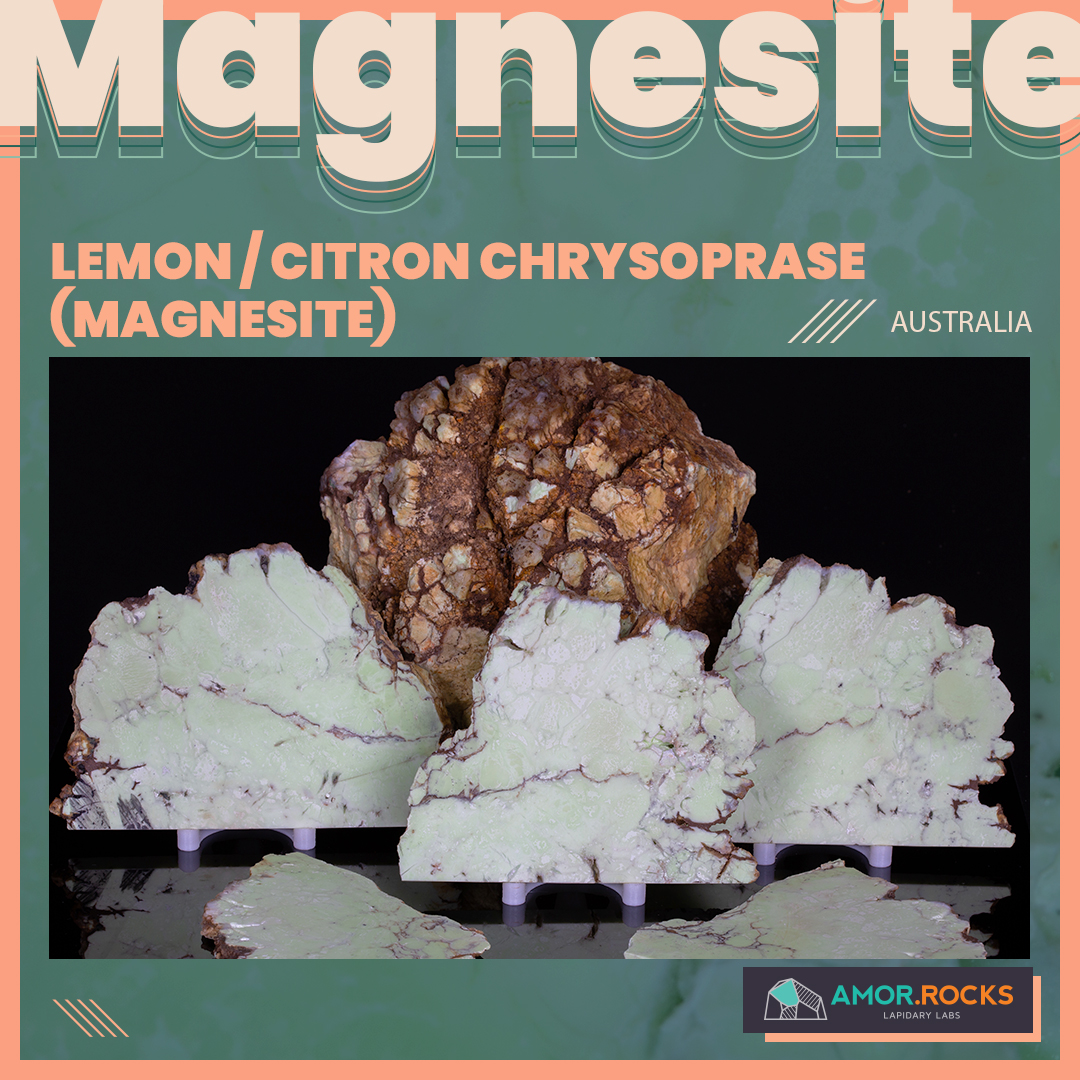




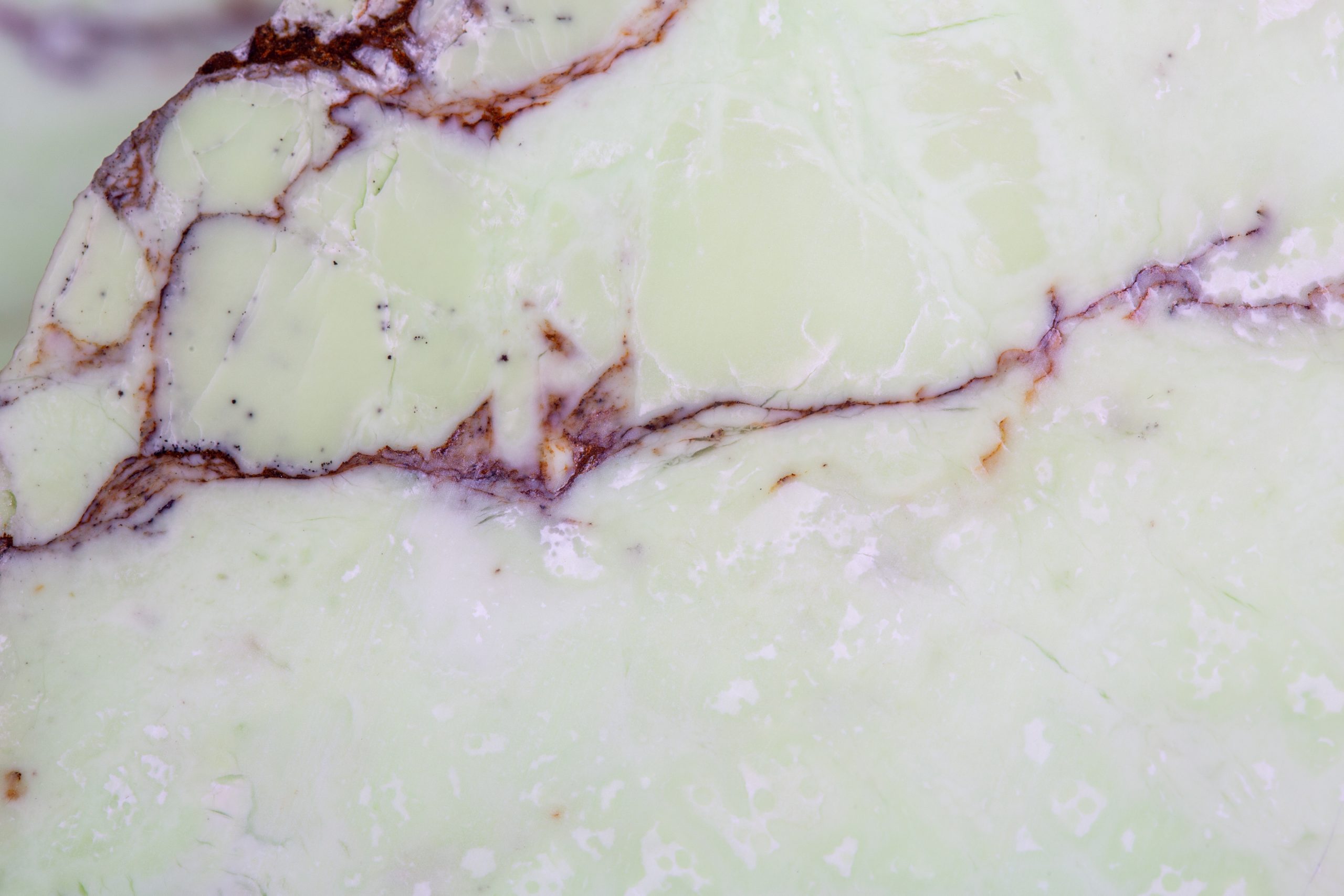
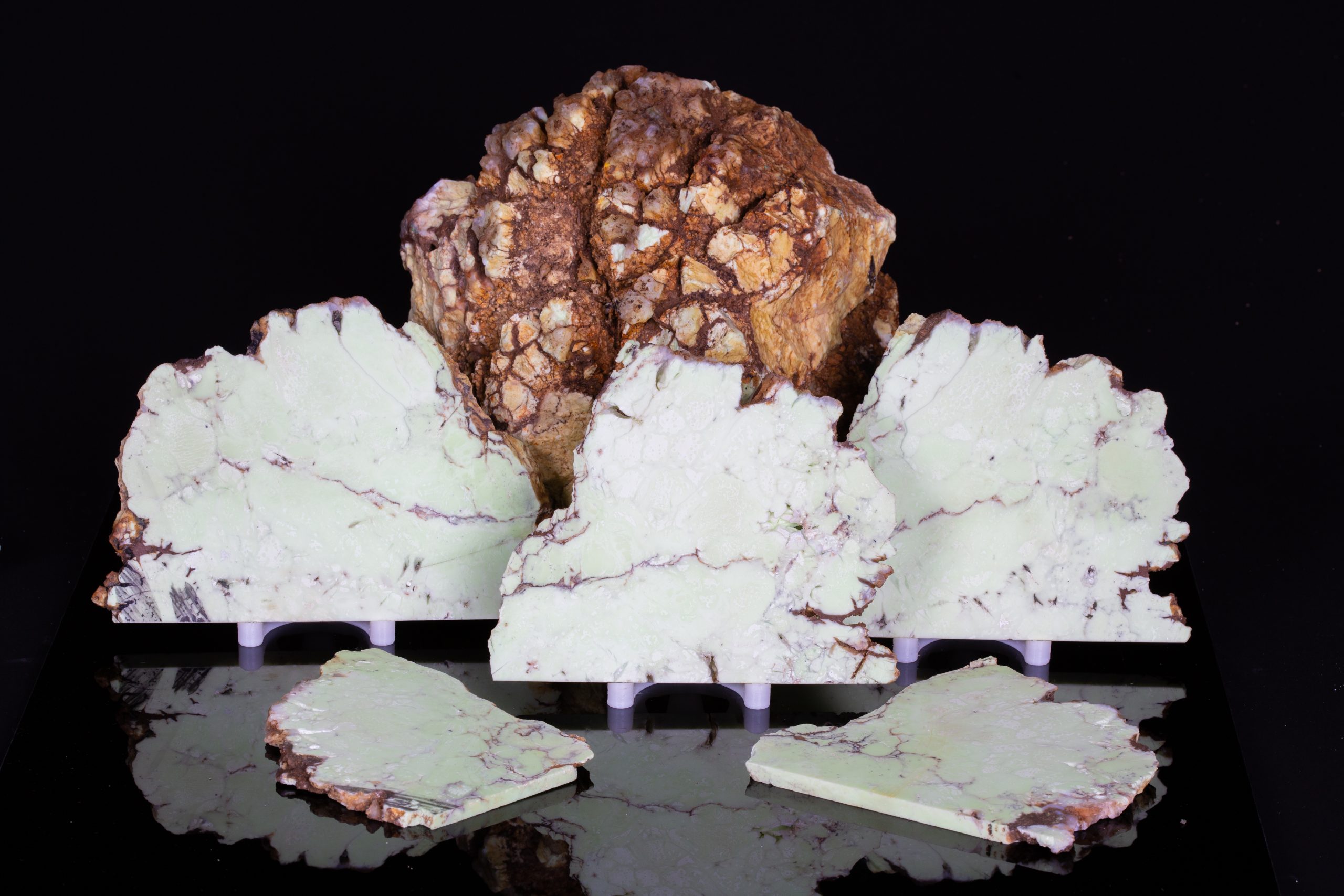
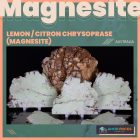
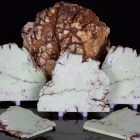


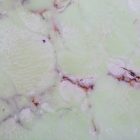
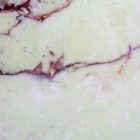
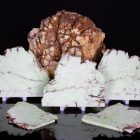





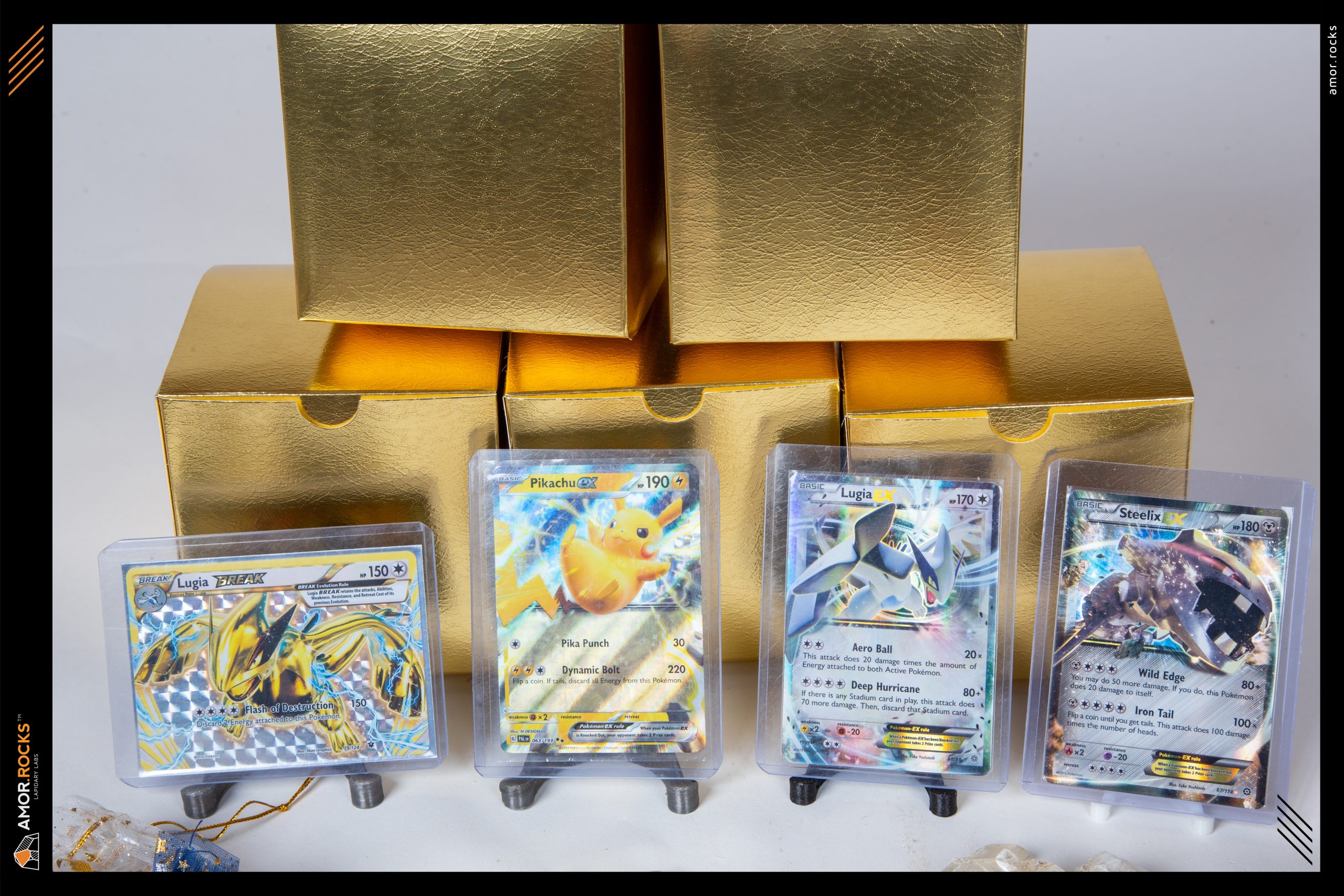

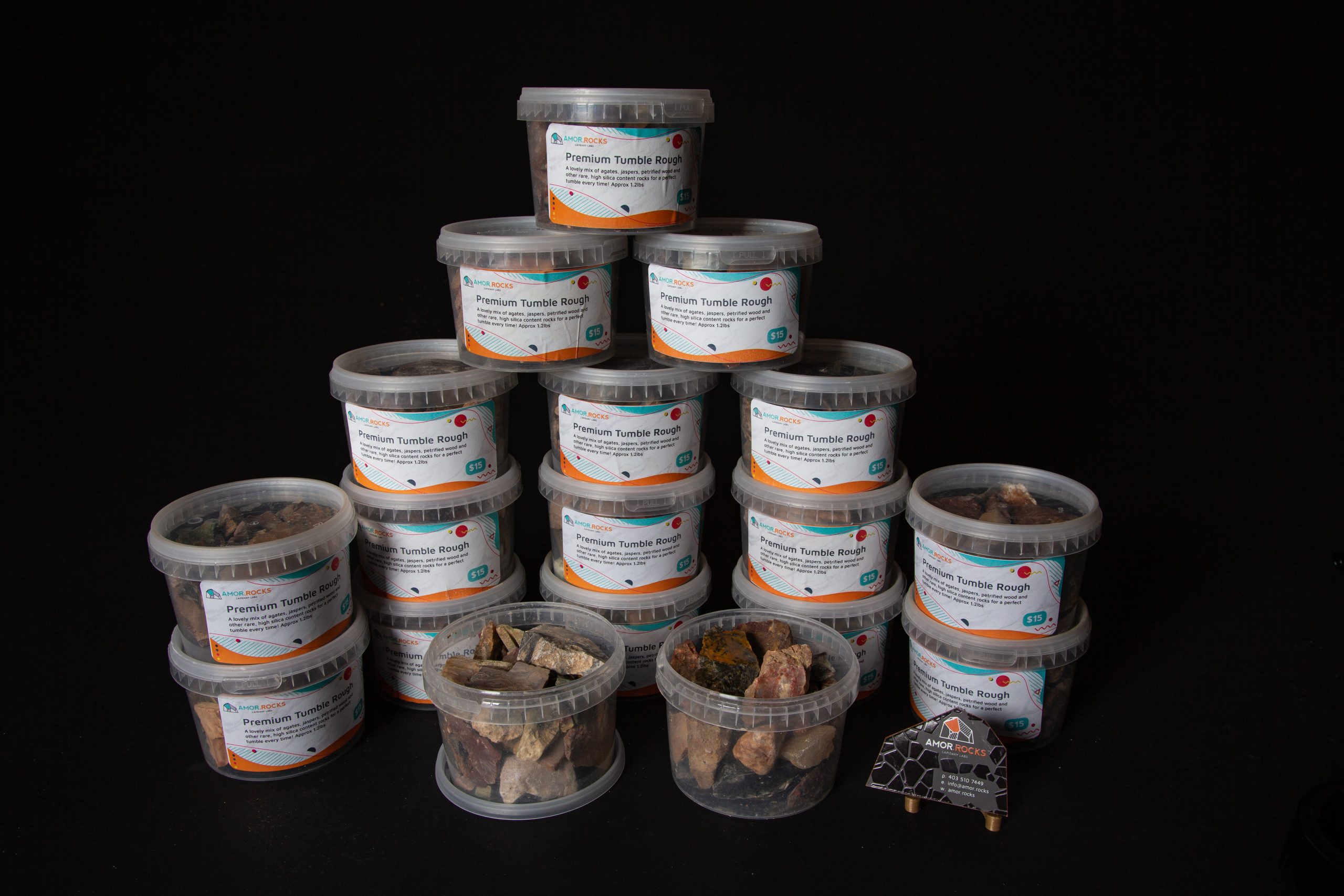
There are no reviews yet.